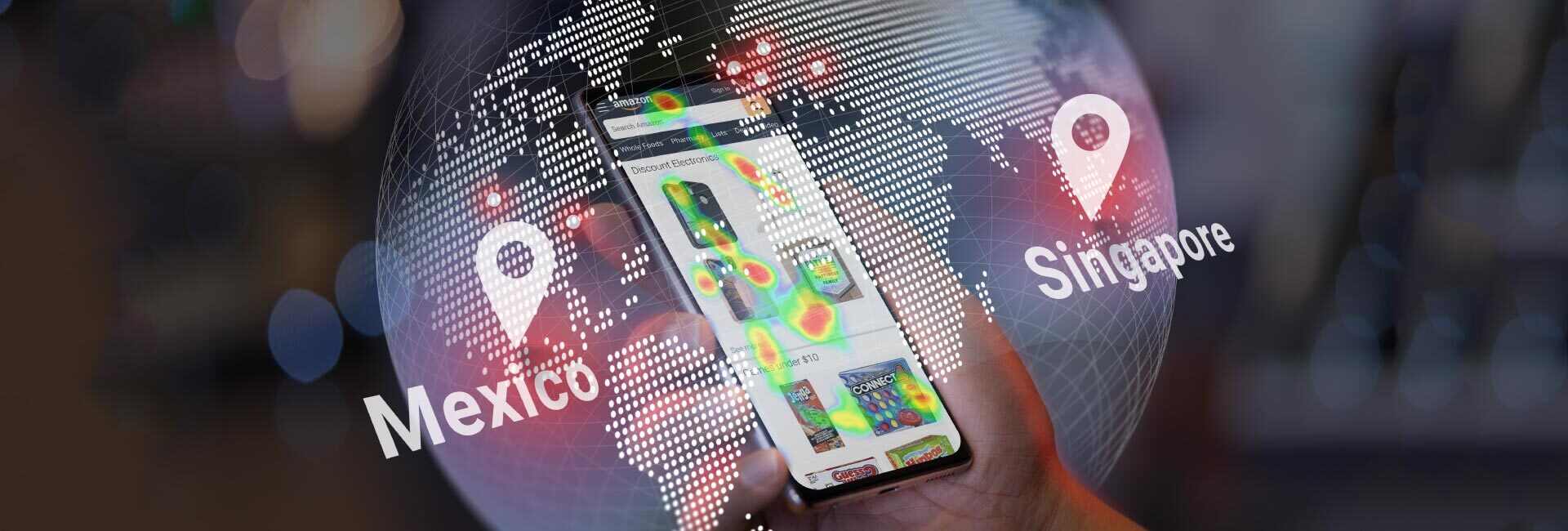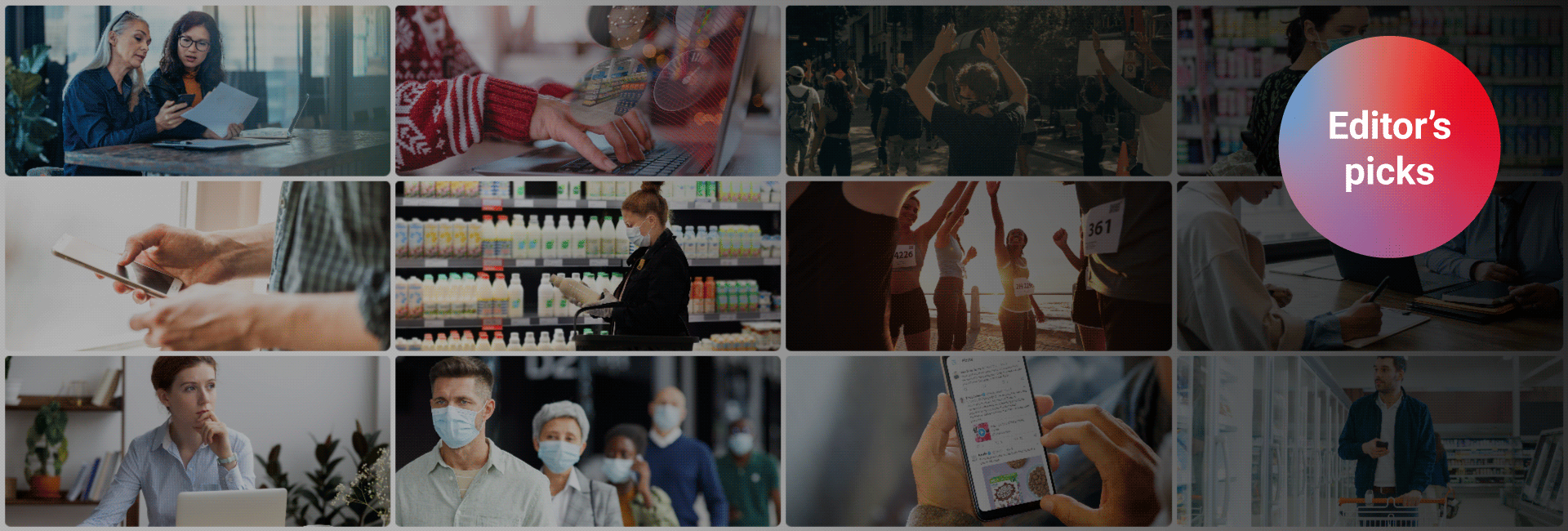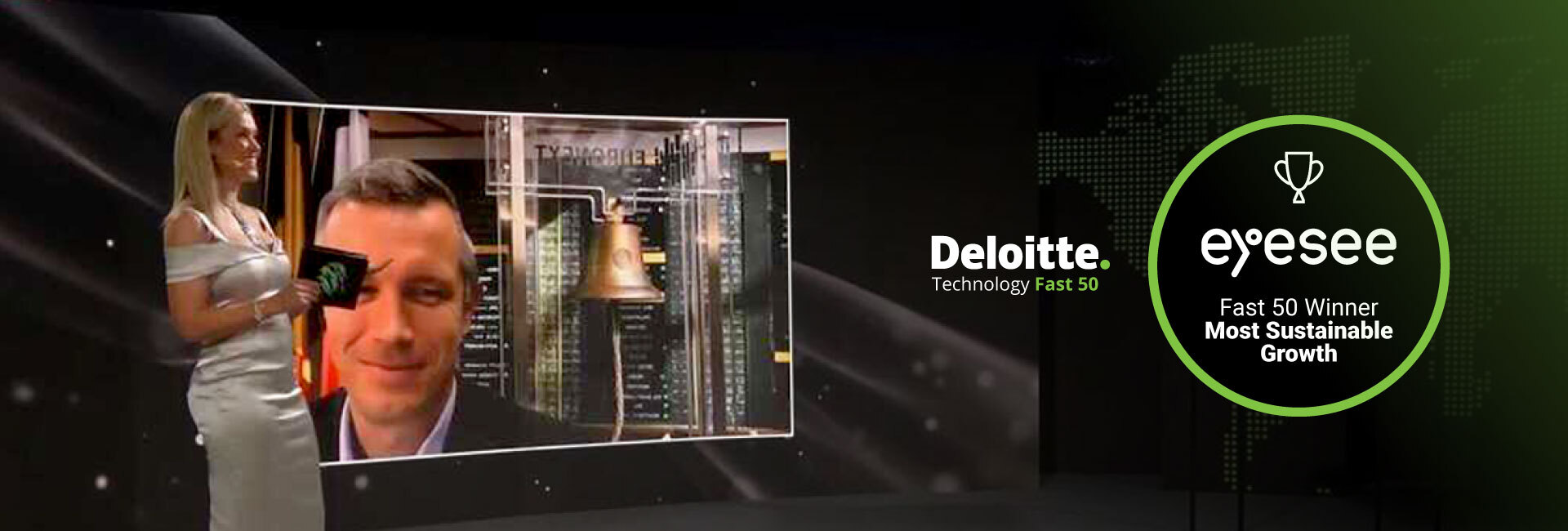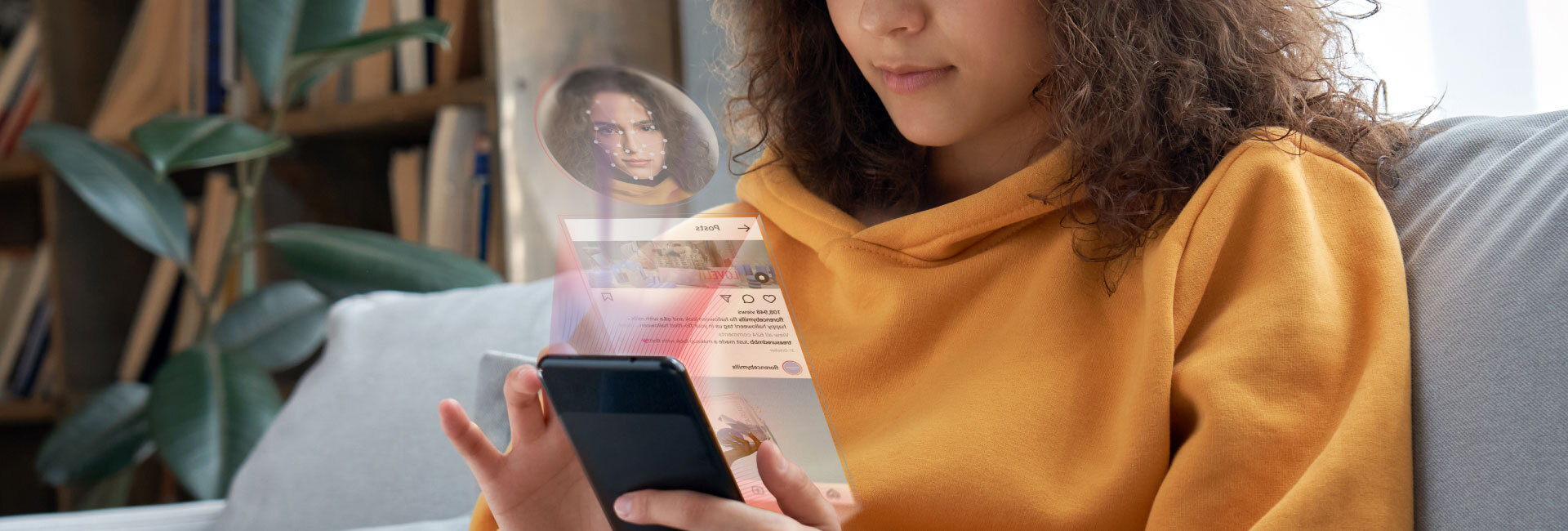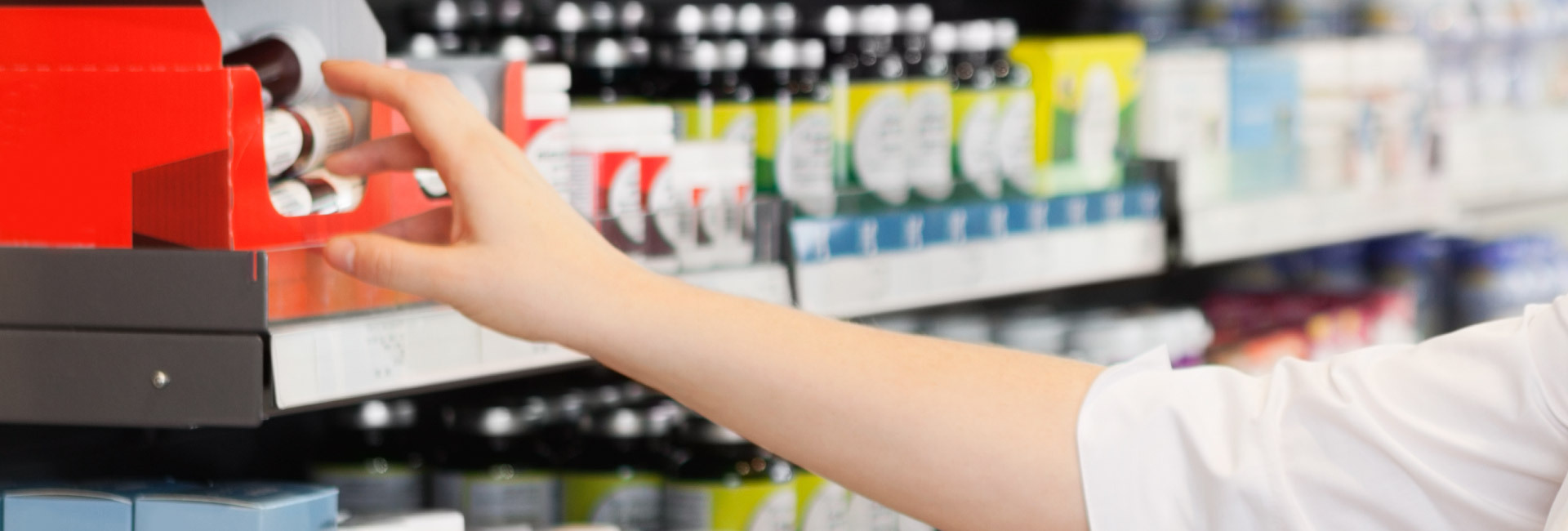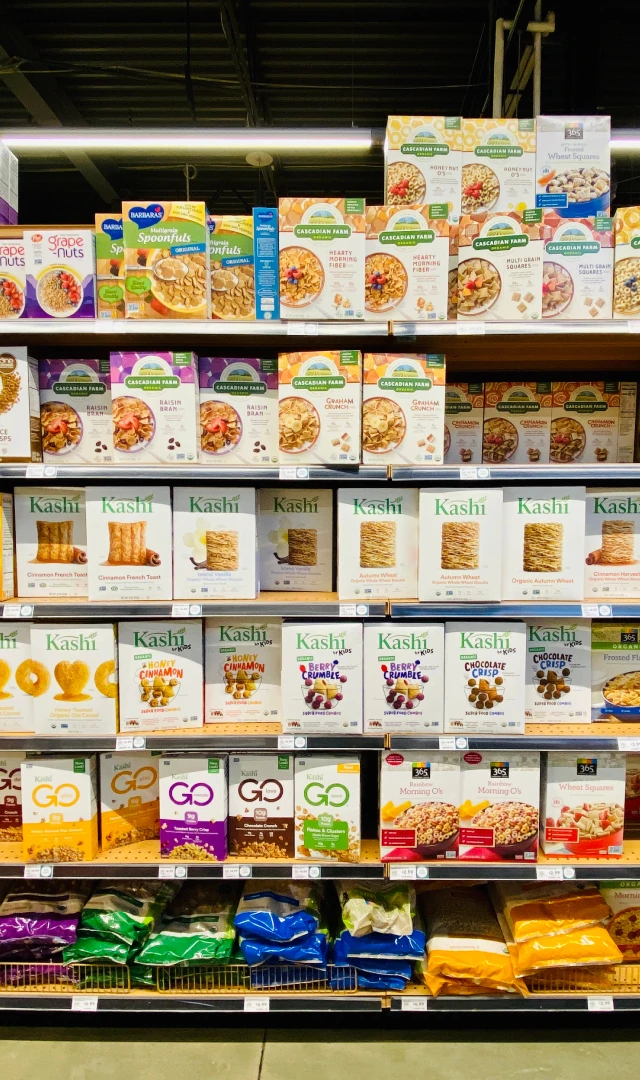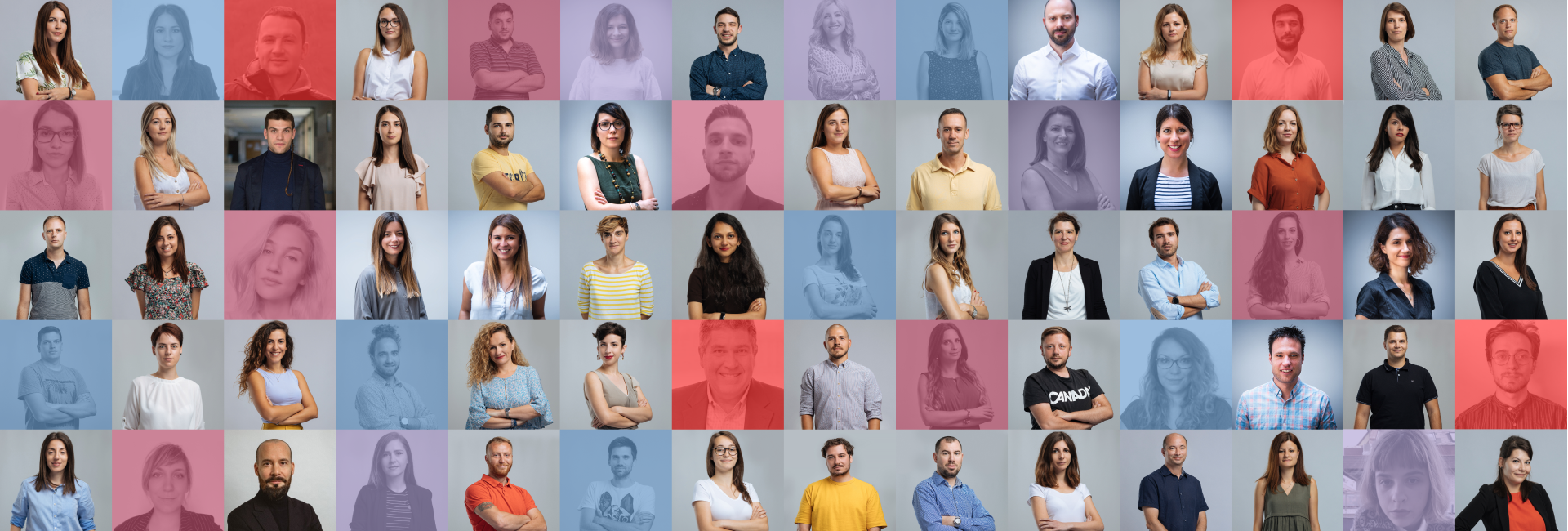EyeSee obtained a record growth in 2020 in spite of the COVID crisis and kicks off 2021 by broadening its global reach and capabilities by opening a new sales office in Singapore and an operations office in Mexico City. The award-winning company has been steadily doubling in size every year to meet the growing demand for agile & scalable behavioral research from clients such as Twitter, Microsoft, Colgate-Palmolive, J&J, Bayer, Disney, and many more.
Being an agency that relies exclusively on pioneering online research technology (remote eye tracking and emotion tracking through facial expression) to deliver deep and actionable behavioral insights, EyeSee was able to serve clients in all geographies and a variety of industries from its beginnings, conducting research in 40+ countries. However, the deep and fruitful relationships EyeSee forged with its clients drive and increase demand for further global growth in exciting markets such as the APAC region and real-time support from top researchers in North America. After reinforcing its presence with experienced team additions in 2020, EyeSee continues to pull in global talents while tracing the path to becoming the most innovative global supplier of accessible behavioral research.
EyeSee’s results were recognized by industry awards (MR agency of the year under 10$ (2020), Advertising research project for Twitter (2020), Global MR project for Microsoft (2019) Quirk’s, and receiving Deloitte’s most sustainable growth award in 2020.
Joris De Bruyne, EyeSee’s partner and the leading force behind the move to Asia, explains this step:

“We are moving into Singapore to follow our clients, and we have already done projects with our blue-chip clients in Asia.” “The innovation in Asian markets in E-commerce, TikTok, and Mobile studies provide the perfect fuel for our predictive and innovative research solutions,” Joris adds. Previously, EyeSee has run Singapore-based projects with clients such as Johnson&Johnson, Bayer, Ferrero, DBS Bank, and Sanofi, so this step is a natural continuation.
It is not just about scaling the operations – for Olivier Tilleuil, EyeSee’s founder and partner, these new offices represent something much more profound:

“The ability to attract and help develop top-notch behavioral research experts in any market we do business in, is one of the most exciting and fulfilling aspects of this.” He continues: “As our organization grows into a true global leader, this brings many opportunities – apart from building innovative solutions and services that exceed the expectations of our clients, we have a chance to create true experts in our teams and a recognizable brand that stands for cutting-edge behavioral research.”
The Singapore office will continue to develop EyeSee’s key accounts in the APAC region. It will be lead by Tom Vande Moortel, and the Mexican office setup is underway with Diego Adolfo Chávez Terrazas, an experienced researcher who previously worked for Walmart, Colgate-Palmolive, Turner Media, and Kantar – as the Country lead and Insights Director.
Tom Vande Moortel explained what sets EyeSee apart in a market brimming in innovation in a hub such as Singapore:

“EyeSee’s innovative and scalable take on behavioral market research can substantially improve the quality and speed of insights, even for mature clients. Our approach correlates far better with real sales uplift than standard research methods, and results can be delivered within two-three weeks. We are very excited to enter into a market with highly developed digital commerce, and our product portfolio is perfectly matched for clients in such an environment.”
Diego Adolfo Chávez Terrazas sees the biggest opportunity in a new generation of researchers in Mexico:

“EyeSee has been a key player in the industry of Marketing Research in the last few years in Europe and the US. An operations office in North America is an exciting moment for the company, as we are looking for the best talent in the country to help us establish. We seek smart and talented people who will add value to our clients with their knowledge. For those talents who want to settle the new way of doing Marketing Research in a cooperative and innovative environment, EyeSee Mexico is the place to be.“
